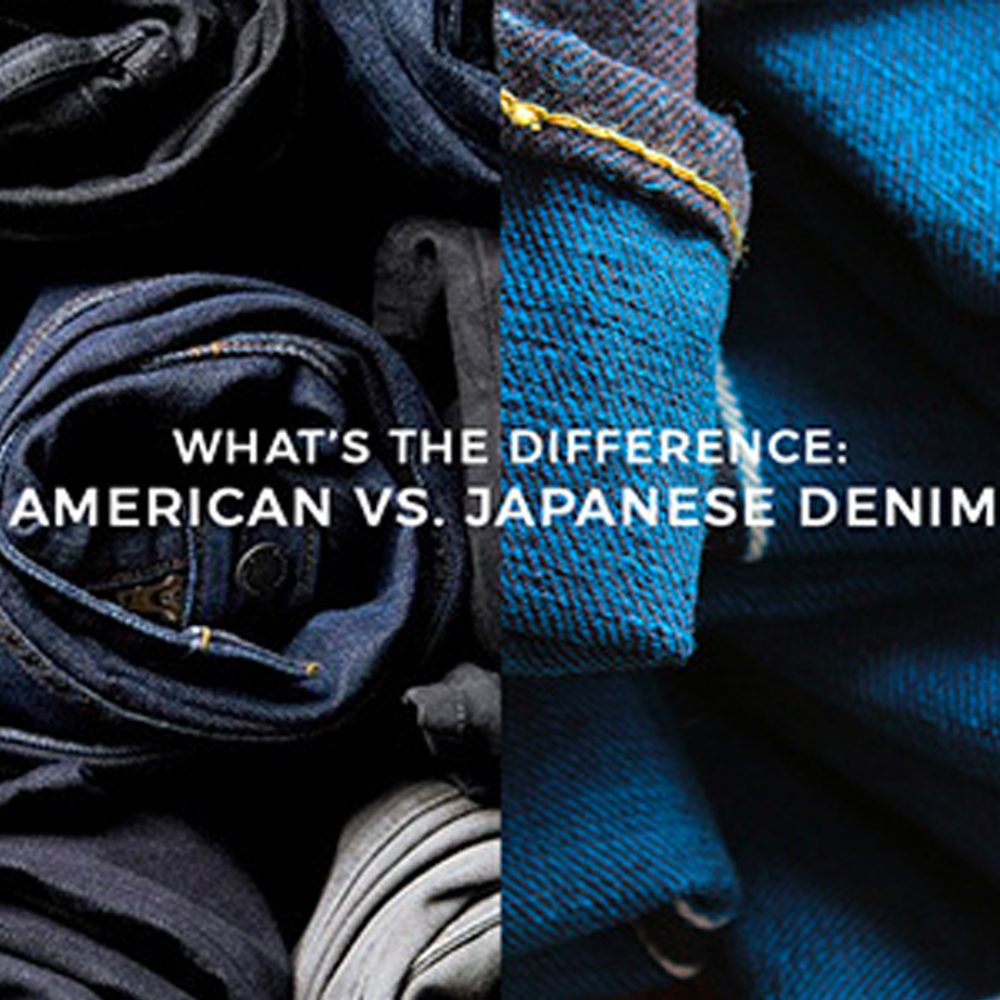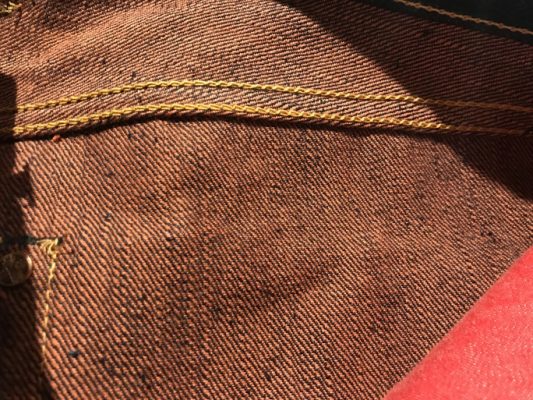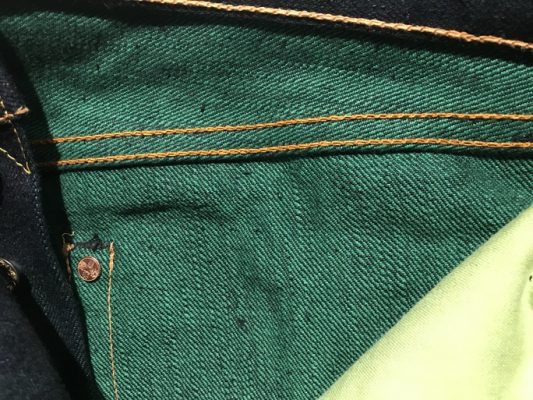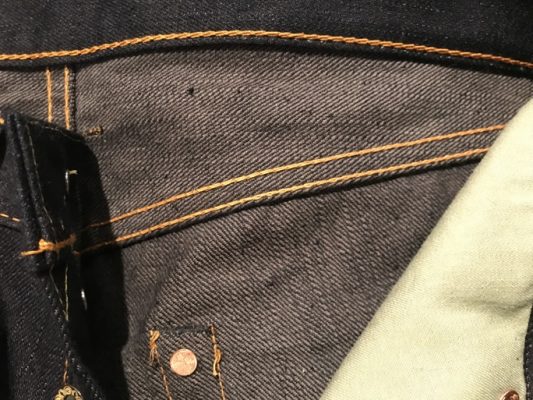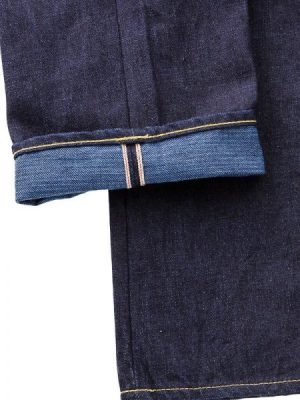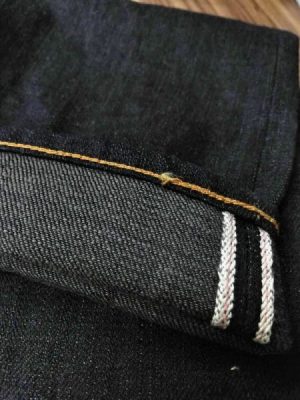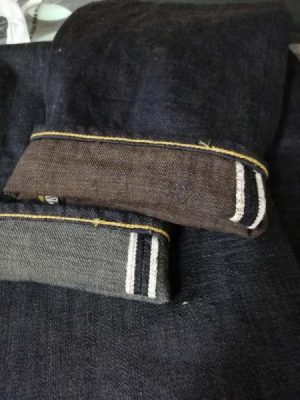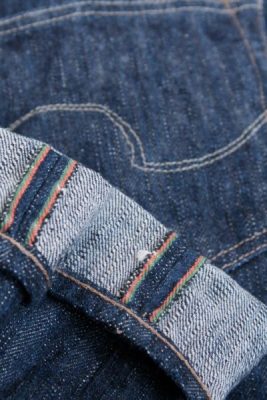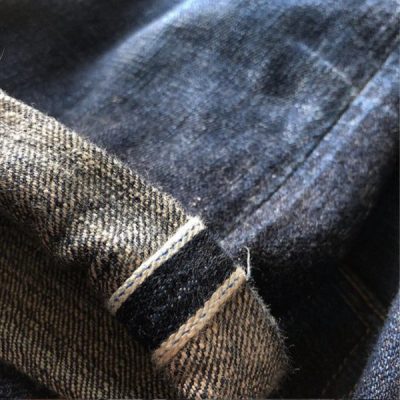Once considered exclusively blue-collar workwear, denim has become a cornerstone of the global wardrobe. Denim popularity wavered in places like the United States in the 1950’s, becoming a symbol of rebellion over a sign of a worker. Later, in the late 1980’s, denim became a high fashion staple seen on runways in the United States and worldwide.


Because of the limited number of mills in the United States to produce the fabric, the vast majority of denim produced in the United States came from the same source – the Cone Mills plant in North Carolina, which sadly is no more. Because of this, the fade patterns in American denim are similar and more consistent with one another. While some people prefer the classic look of the American denim, those looking for more variety in color, texture, and fades than standard American denim might find themselves looking at other sources. This is where Japanese denim comes to the rescue! Unlike their American counterpart, Japanese denim mills are more adventurous with their production and seek to explore the different ways of producing a variety of colours, fade patterns and textures. Today’s Japan has possibly the most interesting and experienced denim mills in the world
more
Colours
Japanese dyeing techniques are based on centuries of experience. Japan has long experimented with textile dyeing, even before the existence of denim. Their rich history in textile dyeing dates all the way back to the production of kimonos from hundreds of years ago. With such a background, many Japanese denim mills tend to experiment more with their colours, resulting in innovative details like the indigo warp/black weft and natural persimmon dyes.
A prime example for this would be Samurai Jeans recent Book of Five Rings collection:
MOMOTARO JEANS have recently released quite some unique blue weft jeans in collaboration with us.
Our most recent collaborations with Studio d’Artisan also showcase to traditional Japanese dyeing techniques: SUMI (a grey-ink dye) and KAKISHIBU (persimmon dye):
The fading in American denim is more even and consistent, giving a vintage color and feel to these jeans. The blue hues developed from a well-worn pair of American denim are easily recognizable from its classic faded patterns, as compared to the high-contrast fading that Japanese denim produce (of course, this also depends on the frequency of washing the denim, as well!).
Texture
Because of the dominance of the Cone Mills plant in America, denim that utilizes Cone’s White Oak fabrics are relatively consistent in their looks and textures. Denim produced by Cone Mills is woven using vintage shuttle looms- American Draper x3’s dating back to the 1940’s. Denim produced using the Draper x3’s have generally smoother and softer surfaces compared to Japanese denim. This quality is sometimes attributed to the bounce of the machinery off White Oak’s hardwood floors while in use, though this fact is still somewhat speculated by many.
Japanese denim on the other hand is woven on Toyoda looms that result in uneven and less consistent textures. Japanese denim is often stiffer than denim one might find elsewhere, due to it being loomstate, or, completely unchanged from the loom. It hasn’t been shrunk, washed or mercerized. It is pure denim. The rigidity that comes with this often means this denim will have a more uncomfortable break-in period, but one that will mold to your skin and become better with each wear.
Masters of wild texture are ONI, Tanuki and Pure Blue Japan:
Weight
Another great element Japanese denim has to offer is the variety of fabric weights produced by their denim mills. While Japanese mills produce plenty of lightweight denim, most denim 20 oz. or more come from Japan. Japanese denim has a wider range of choices to cater for different preferences of denim lovers. In comparison, most high-end American denim sits around the 14oz mark.
Details
This is not strictly about denim but it plays an important role nonetheless: Japanese brands have a tendency to obsess over even the smallest detail. There are brands like COTTLE who hand cast every single top button in iron by hand.
Brands like MOMOTARO and SAMURAI JEANS go all out to source shirt-quality pocket linings which are sturdy and even though you don’t see them, you know it’s there and it’s such a nice touch. Nearly all Japanese brands pack a couple of nice little extras which simply add to the appeal of the denim.
So Which One Is Better?
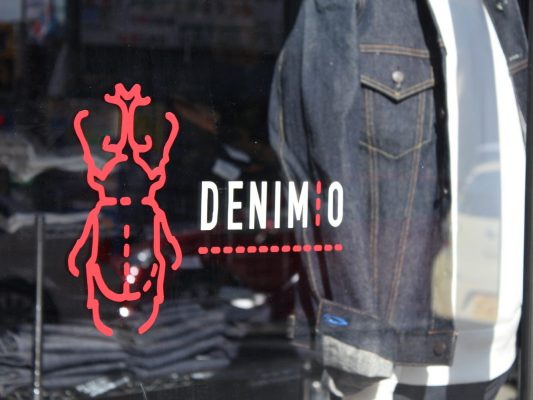
At the end of the day, it all comes down to personal preference. Some people love the classic and vintage feel of American denim while those who prefer more variety in textures, weight, and colours might opt for Japanese denim.
There remains no clear winner for which is the better fabric, however, if you are looking for more variety in your denim wardrobe, Japanese denim might be for you. The variety in texture, weight, and color offers you a world of possibility.

